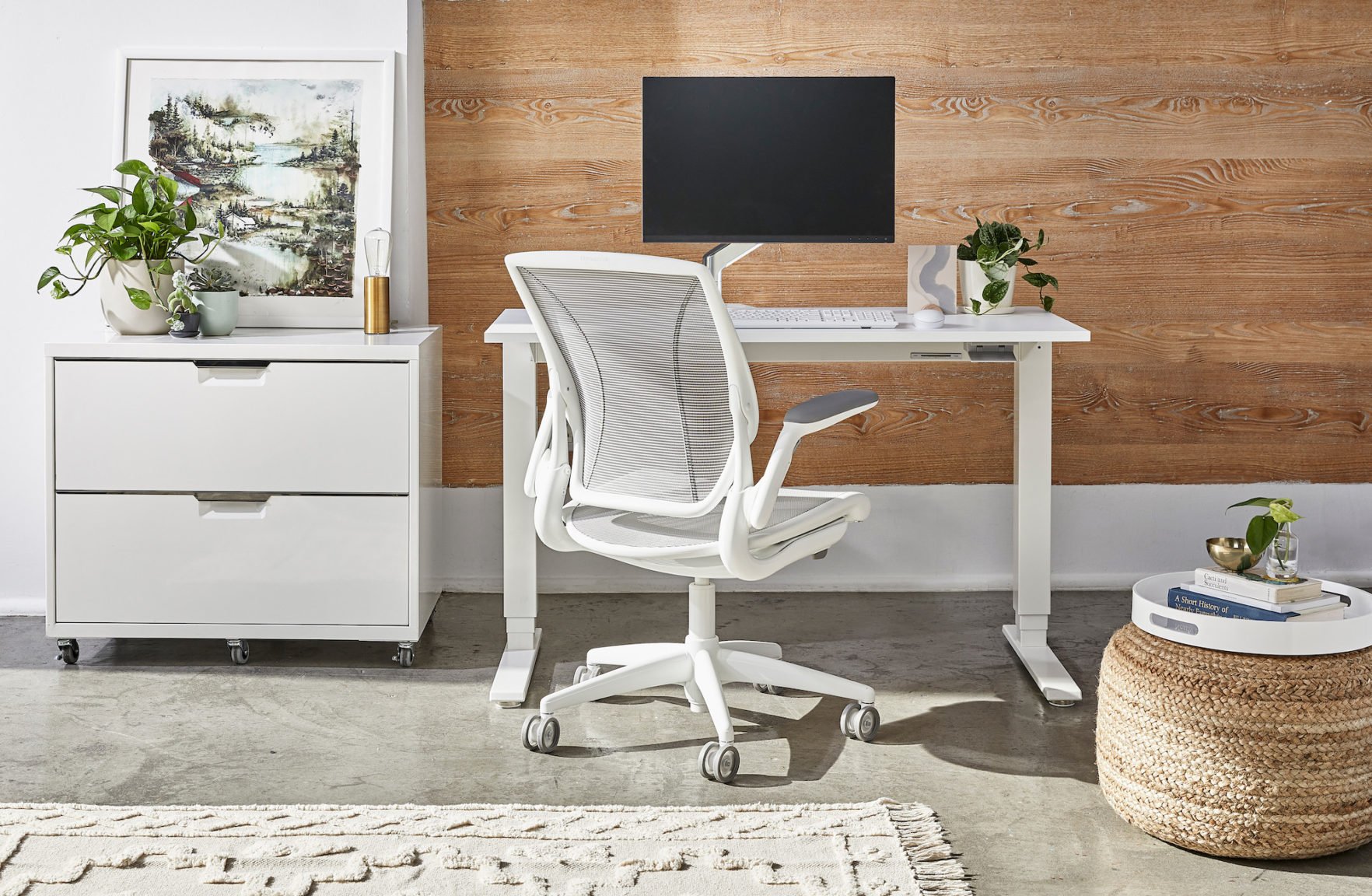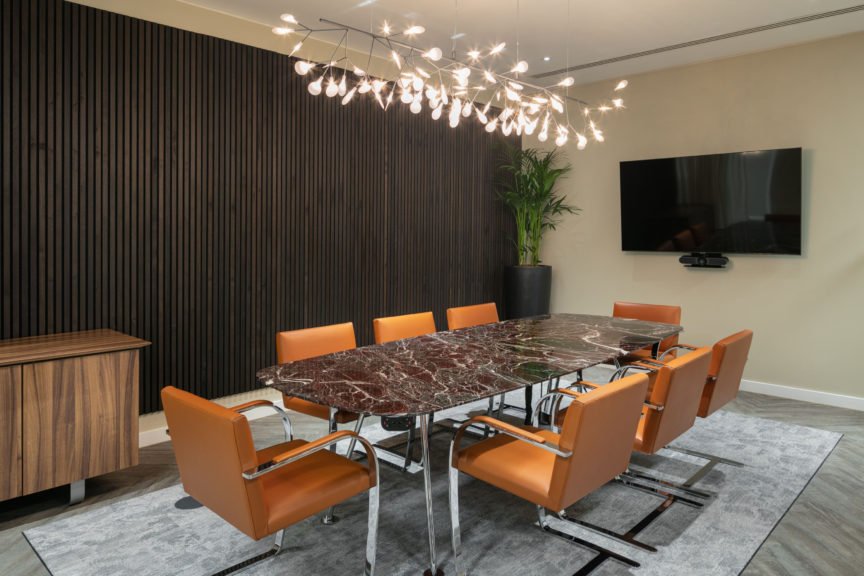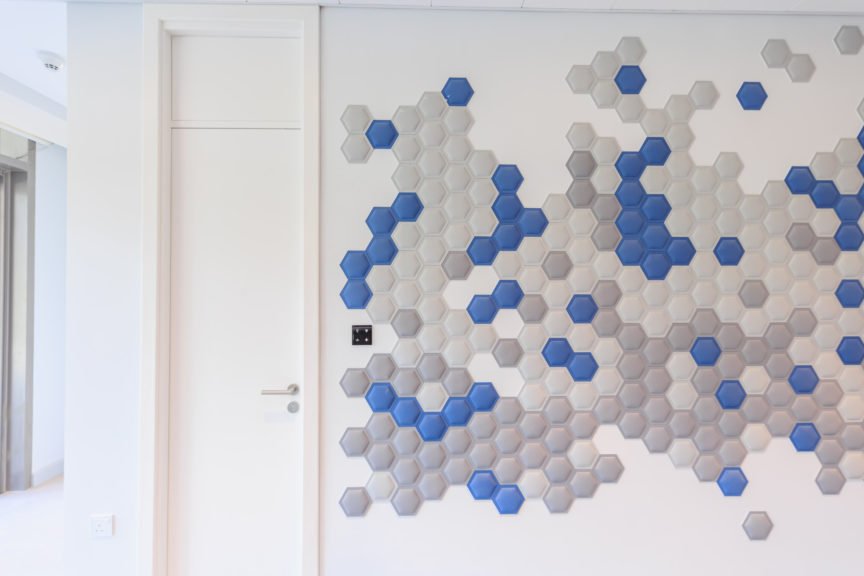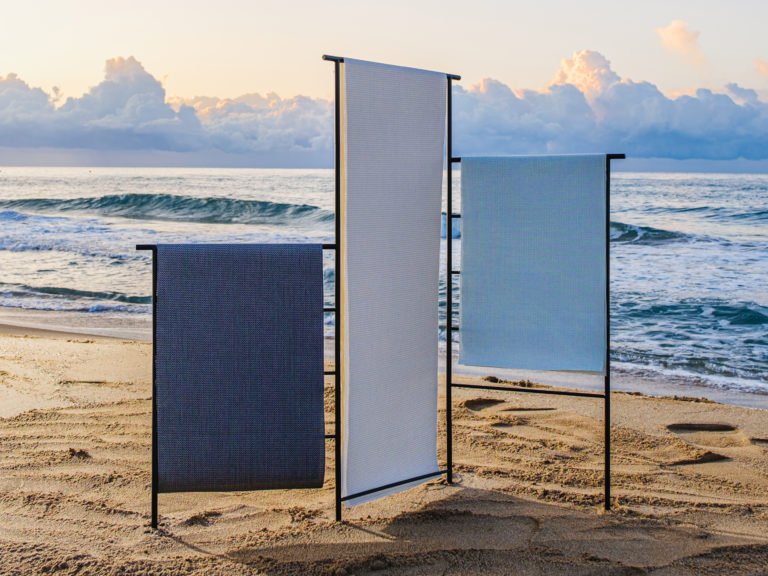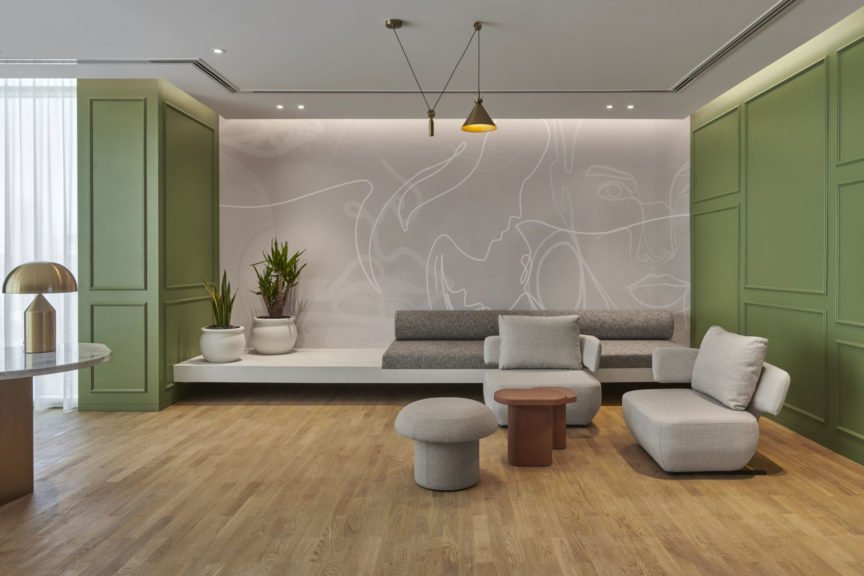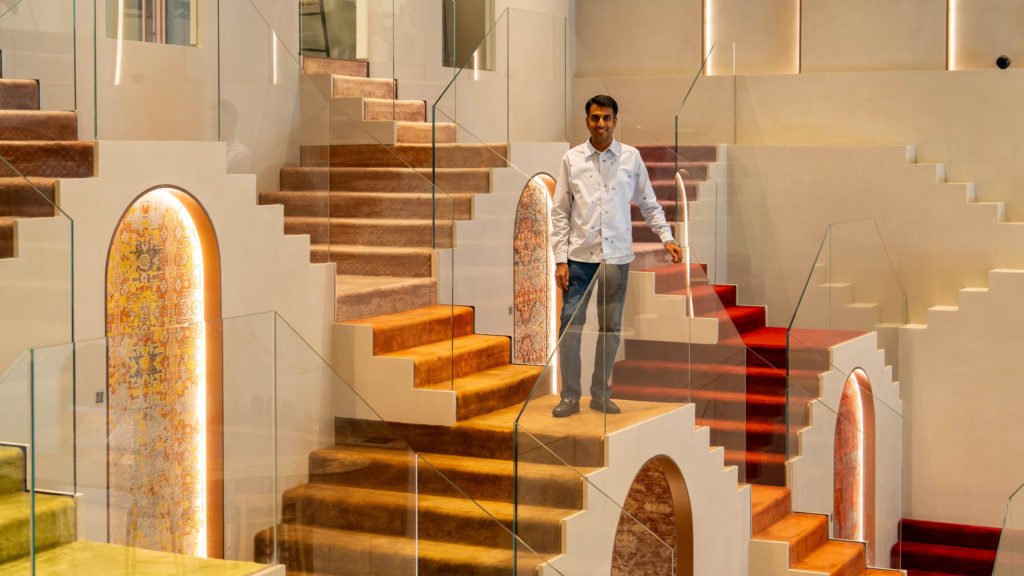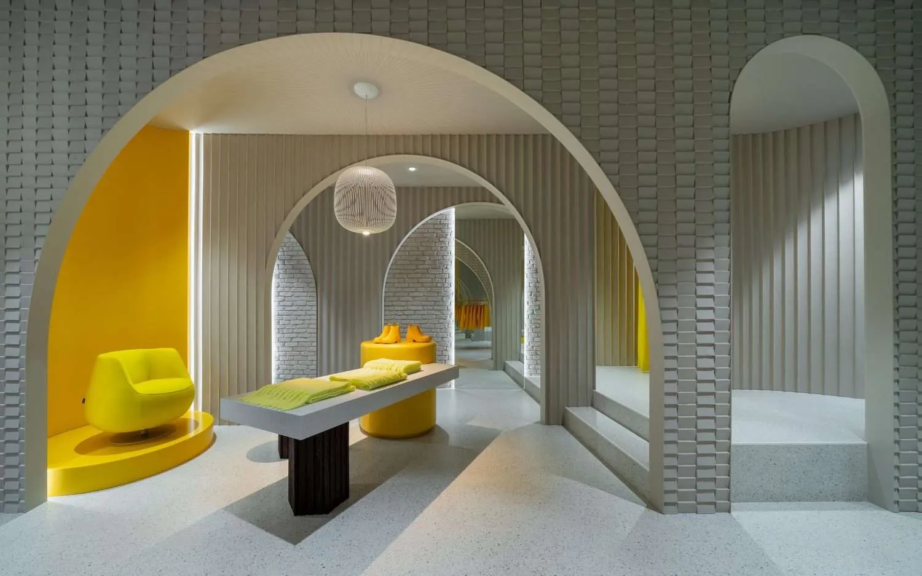Humanscale’s mission has always been about improving the human experience around work. Their philosophy extends beyond product design, and into their manufacturing, supply chains, and corporate culture as well. The brand aims to deliver value, not just from an aesthetic and functional perspective, but on a broader and deeper level as well. The goal is to make an overall Net Positive impact on the planet and our society, and sustainability is a big part of that.

About Jane Abernethy
An industrial designer by trade, Jane has spent over a decade working and leading design teams through the development of new products prior to her role as Chief Sustainability Officer at Humanscale, where she leads the company’s efforts to create a net positive impact through both its products and operations. She collaborates across the executive, design and engineering teams to help create the most sustainable products possible.
An active participant in conversations at Greenbuild, World Ocean Conference and more, Jane’s work has been recognised internationally, including the prestigious Red Dot award and the GB&D Women in Sustainability Leadership Award. She is a founding member of the Next Wave Initiative, and under her leadership, Humanscale has been recognised as the first manufacturer to achieve the complete Living Product Challenge.
Net Positivity
“Net positivity is a really exciting way of looking at sustainability,” says Jane Abernethy, Chief Sustainability Officer at Humanscale. “Most of the corporate goals we see in our industry are aimed at simply reducing the amount of harm that they themselves are doing as a company. And of course, that’s great. However, with net positivity, we try to account for ALL the negative impacts of manufacturing, thereby creating a more positive impact. Which automatically implies that there needs to be a calculation to understand that impact – your water footprint, carbon footprint, and several different metrics that would allow you to create more good in the world.”
Individual contributors can collectively also make a large impact through the small choices we make every day. But it’s manufacturers who are poised to make the largest impact – one key decision that gets made hundreds of thousands of times a year can lead to large effects.
“When manufacturers make better decisions, the scale of those decisions is exponentially larger than each of us as individuals,” says Jane. “So when we can influence manufacturers, I think it’s a really significant way of influencing how they impact the world. Look at carbon emissions for example. It is estimated that 40 percent of these come from the building industry, and half of those are embodied carbon. That’s a huge number.”
Humanscale has the distinction of being the first manufacturer to achieve the complete Living Product Challenge certification, which is a massive undertaking and a phenomenal feat in itself. We learned that the process was challenging and complex. Fortunately, the company had several aspects already in place, like onsite renewable energy, which was already installed and had been live for a year.
But something that isn’t talked about enough is Humanscale’s efforts to remove red-listed materials from their products. “It’s a whole R&D project in itself,” says Jane. “It requires negotiating with our suppliers, getting them to learn how to process different materials, purchase separate equipment, and to ask them to change what they’re doing too. It starts to affect the supply chain. Through all this, we still have to ensure that we can provide our 15-year warranty as well as other standard guarantees. Right now, we are in the throes of several of these projects that are all happening concurrently.”
The Commercial Side of Net Positivity
“What’s important is that designers and clients proactively and mindfully seek out sustainable products,” Jane explains. “When it comes to specifying products, we’re not just limited to the marketplace provided by our immediate network. It’s also okay to push your boundaries and go beyond your primary means. It’s powerful to question the current products you’re buying, which will lead to suppliers rethinking the quality and value of their offerings. Let manufacturers understand the reason behind what influenced your purchase. Some A&D firms explicitly state that they’re only going to specify products with or without certain ingredients, or with specific certifications and labels. This is so important because it sends a clear message to the market about the choices of consumers.”
Jane and Humanscale are trying to create a world where we’re not just producing waste and toxins, but also cleaning up and rejuvenating our environment, and ultimately working towards leaving the world better off than how we find it.
“Right now we have 60 percent of our products that are net positive, with multiple chairs that comprise substantially of ocean plastic. We’re aiming to have all of our products meet the same criteria and we’re working extensively to expand our awesome plastic program, so that it will be included in all of our products as much as possible,” Jane adds with with pride.
Humanscale’s products might not look different, but in terms of emissions, carbon footprint, and in waste, they’re making changes in leaps and bounds. Let us hope that other manufacturers follow suit.
Article info
Article:
Date added:
16 August, 2022

